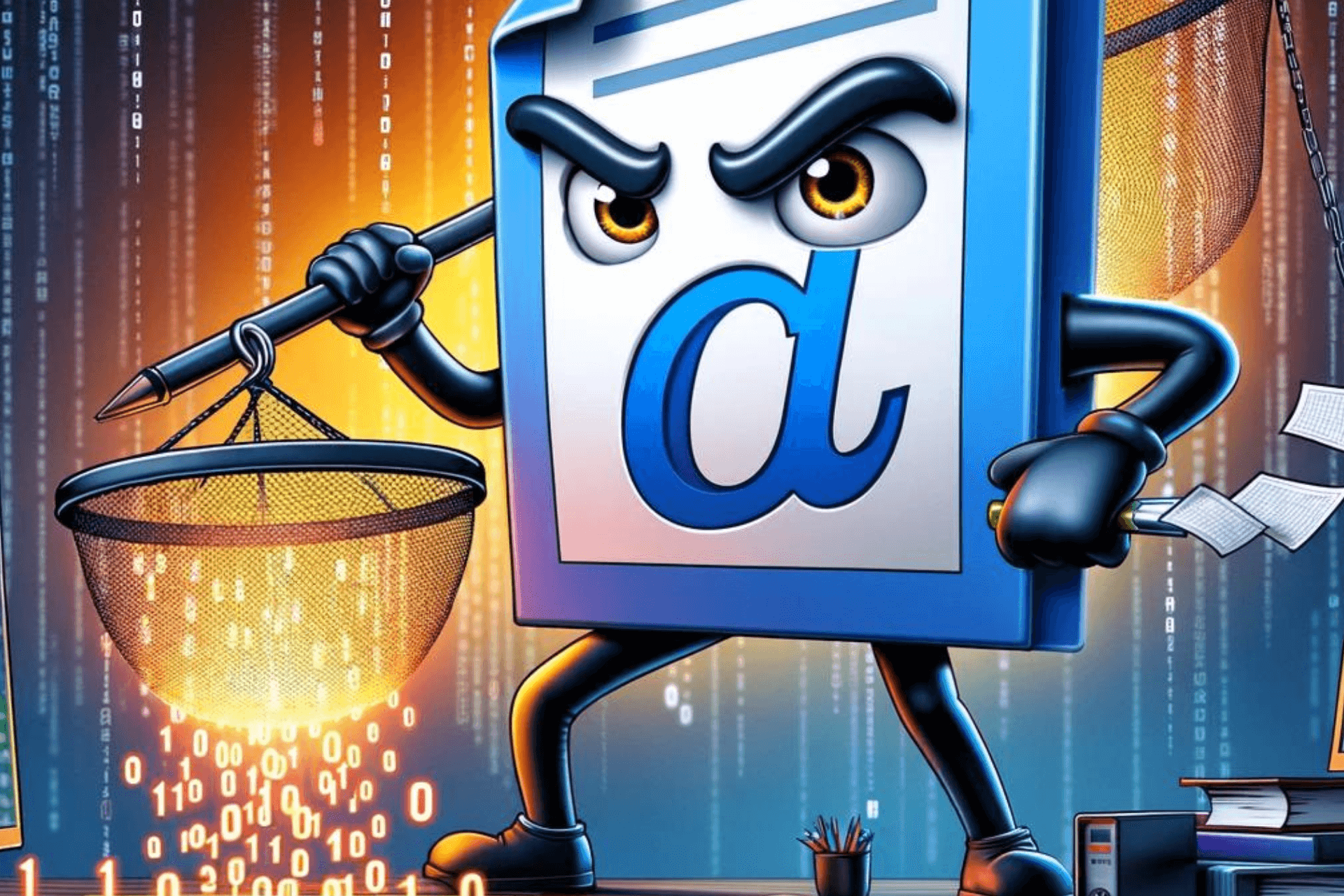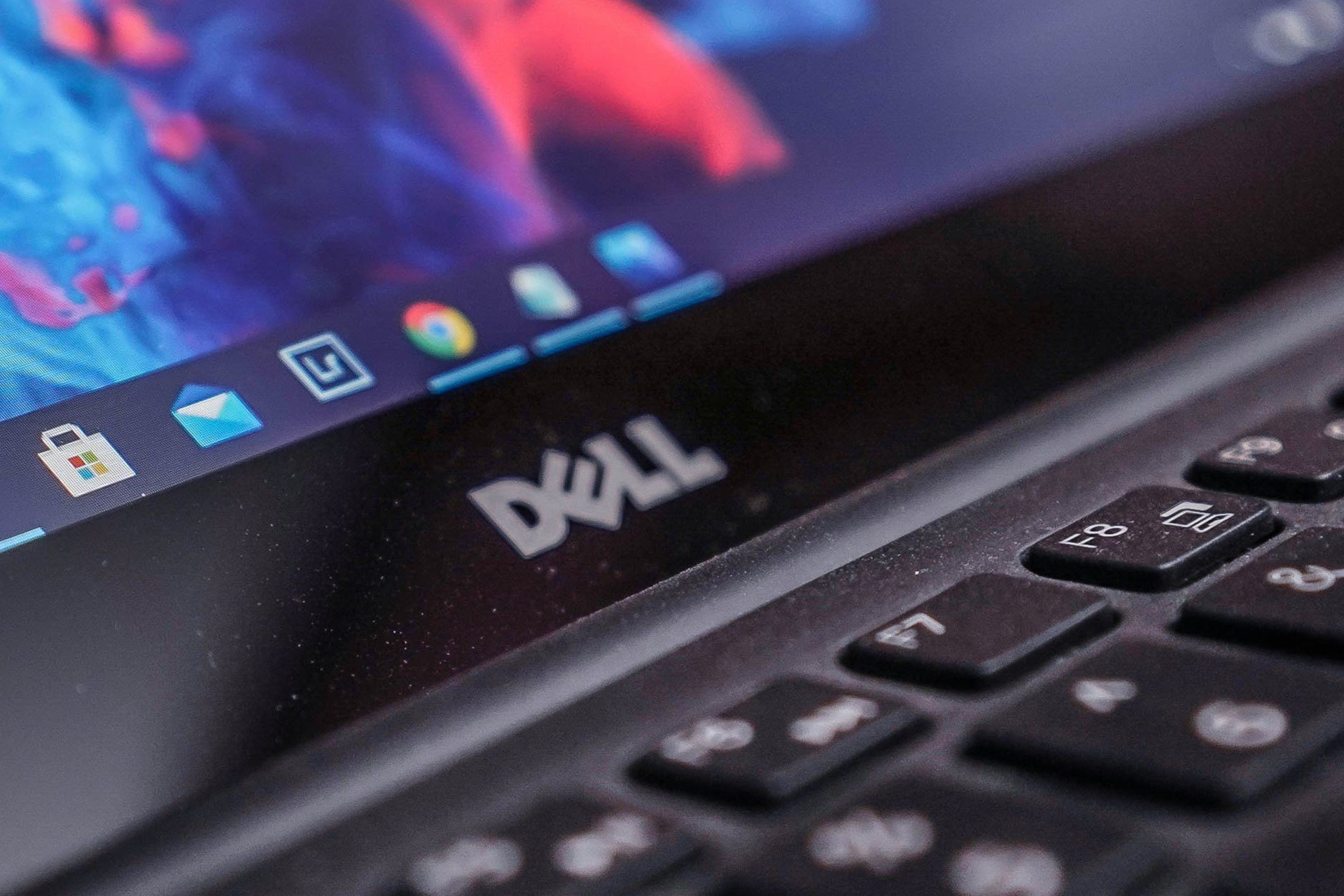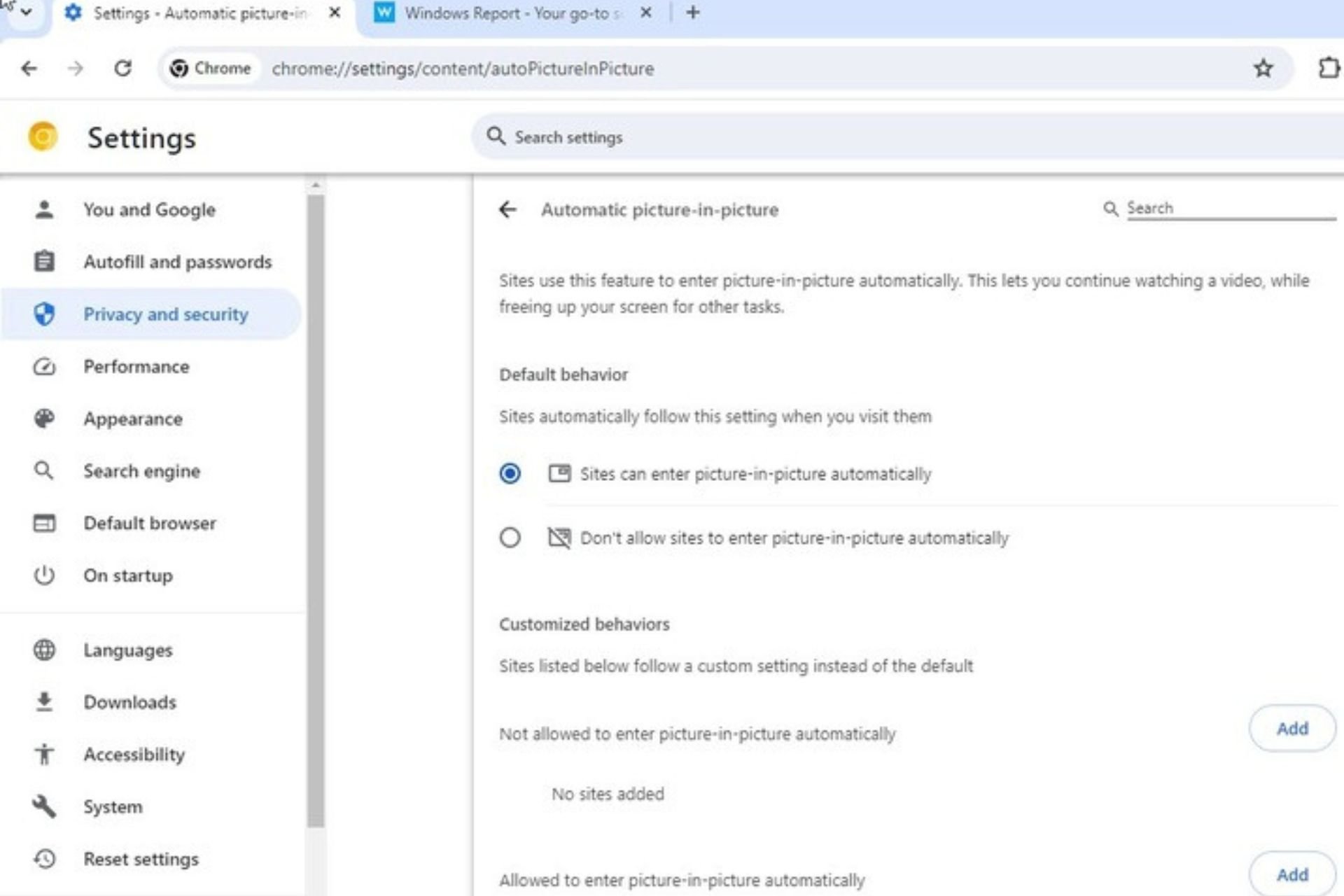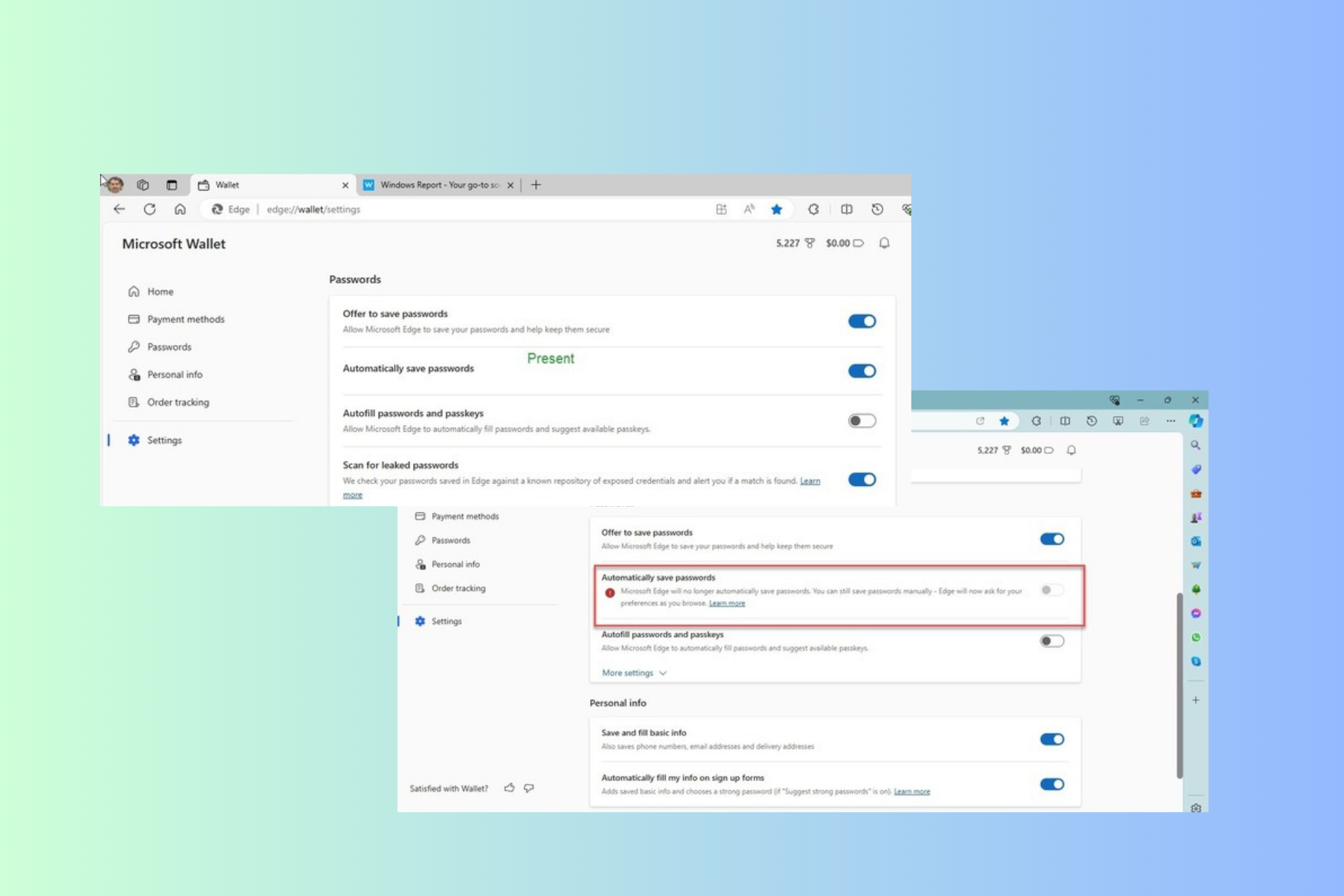Windows 10's market share increases to 14.15%
2 min. read
Updated on
Read our disclosure page to find out how can you help Windows Report sustain the editorial team Read more
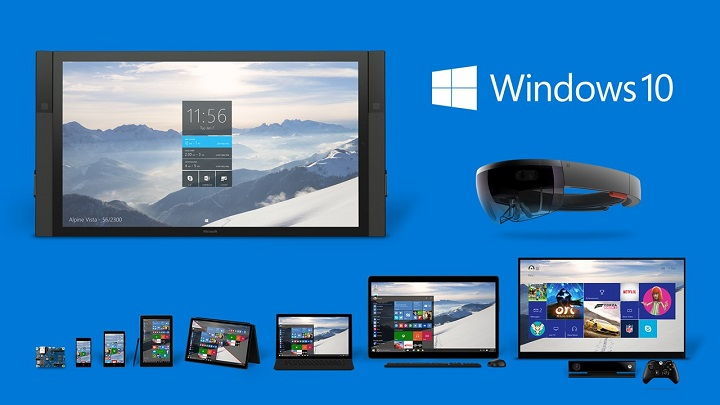
Windows 10 has been steadily improving ever since the operating system was released back in 2015. At the recently held Build 2016 developer conference, Microsoft shared that Windows 10 is currently installed on 270 million computers around the world, with its users having visited the Windows Store five billion times so far.
In addition, according to the latest information coming from NetMarketshare, 90% of desktops on the market use Windows, with Apple’s Mac OS X coming in at a distant second with 7.7% and Linux at 1.78%. When it comes to Windows 10 specifically, it’s only found on 14.5% of desktops — a number surpassed by Windows XP and Windows 8.1. Not surprisingly, Windows 7 is still the top dog with 51% of desktops running it. With Windows 10 steadily growing, though, we expect that number to fall significantly by year’s end.
Looking at the mobile end of the spectrum, Windows is not doing very well: only 2% of mobile devices run it. Apple’s iOS sits comfortably with 31% while Android stands strong with 60.99% of devices. This is evidence that Windows on mobile is stagnant with little hope of success — something even Microsoft knows given how little they talked about it at Build 2016.
In terms of browsers, Internet Explorer still reigns supreme at 43.4% usage when compared to the likes of Google Chrome, 30%, and Edge, 4%. On the mobile front, Apple’s Safari is surprisingly number one while Google Chrome for Android sits in the number 2 position. When it comes to search engine usage on both desktop and mobile, there’s nothing surprising here: Google Search sits high with a 67% market share while Bing Search is a far second with 13 percent.
It should be interesting to see how adoption rates continue to grow when Windows 10 is no longer a free upgrade. The software giant is hoping that DirectX 12 and other exclusive Windows 10 features and services will convince Windows 7 fans to make the jump. Let’s see how that works out.

